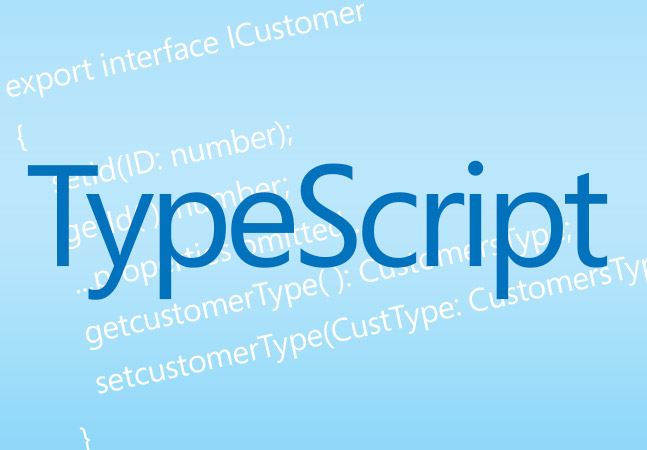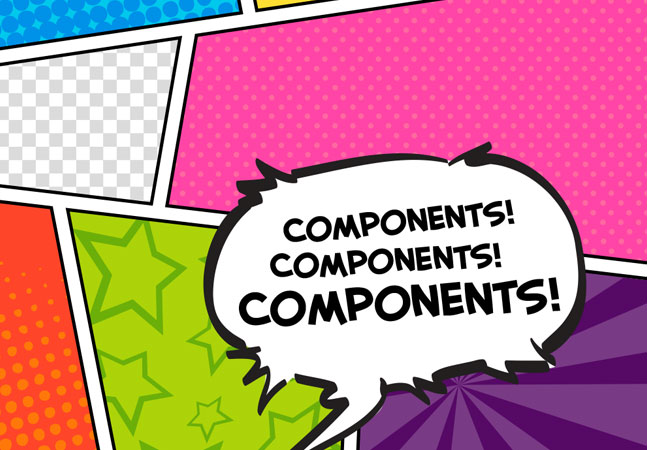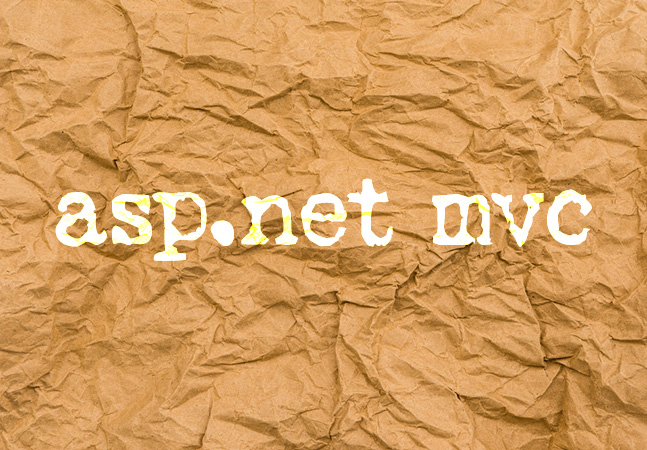
Here's what you need to know before you create your first Xamarin application to run on a smartphone or a tablet.

Your DELETE request to the service just timed out. Surely, it's safe to send it again. Actually, it may not be.

New support for styling Xamarin.Forms apps with CSS may be controversial, but Greg Shackles thinks CSS is a powerful (and frequently maligned) solution to the problem of styling native mobile applications. See what he means in this hands-on tutorial.
- By Greg Shackles
- 05/29/2018

Your update request to the service just timed out. Is it safe to send it again? Maybe. Here's how to ensure that all your update, delete and add requests are safe plus some advice on what you should really be calling them and handling concurrency.

Building cross-platforms applications has never been easier using Microsoft's Xamarin.Forms. In this article Nick introduces v6 of MvvmCross and shows how it can be leveraged to accelerate development and improve the architecture of a Xamarin.Forms application.
- By Nick Randolph
- 05/16/2018

Here's what a real-world "Hello, World" TypeScript application looks like (beginning with a discussion of whether you need TypeScript at all).

If you like the idea of creating a new class from whatever other classes you have lying around, you have two ways of doing in TypeScript ... and both are type safe (within limits).

If you've got a recent version of Visual Studio (Visual Studio 2017 Community Edition, for example) then you can start creating an Android application. Here's what you need to do to get your first project set up.

You can move all your applications to the cloud in one giant migration. You might even live. Peter thinks there's a better, smarter way and it doesn't start with your Web applications.

The data science doctor explains everything you need to know about clustering data, the process of grouping items so those in a group (cluster) are similar and items in different groups are dissimilar.
- By James McCaffrey
- 04/30/2018

The ability to use SQL with Entity Framework Core has always been a cool feature. There's a new feature in Entity Framework Core that opens the door for whole new set of SQL-related functionality.

If you're wondering how to start integrating TypeScript into your development practices, here's both when to do it and how to do it.

Wally builds an app prototype and in response to user feedback investigates how to play audio sound effects in response to events such as a button press.
- By Wallace McClure
- 03/29/2018

Entity Framework is fabulous ... but it does impose some overhead. If you like working with data in an O-O kind of way but feel the "need for speed," then you should be looking at Dapper.

If you're coding Azure Functions in Visual Studio 2017 to work with Azure Storage, one tool that can assist when running functions locally is the Microsoft Azure Storage Emulator, as shown in this hands-on tutorial.
- By Jason Roberts
- 03/08/2018

If you're building services it's critical that you support the developers who will create and read your service's messages. JSON Schema lets you support the three principles of good message design in a way that supports developers.

You can dramatically simplify life for developers creating services and their consumers by following three rules for designing messages and then enforcing your message formats with JSON Schema.

If you're building services, then getting your message formats right can be the difference between success and failure. Here's an example of what can go wrong and how it could be fixed.

View components let you create reusable chunks of business logic coupled with a UI in multiple places in your application ... and then let you share that logic across multiple projects. Here's how to invoke them and share them.

Web workers in TypeScript give you concurrent processing but they can be awkward to debug. However, if you set up your web worker code as just another function, you can simplify debugging (or even build your web worker dynamically at run time).

Once you've created a JSON Schema that describes a JSON document, you can use it both in Visual Studio -- to provide guidance when creating JSON documents -- and in your code to validate the messages you're receiving.

Here's how to use web workers in ASP.NET MVC with TypeScript to enable concurrent processing in your client-side code. And, as a bonus, the correct way to think about web workers.

This hands-on tutorial features an example app that displays a list of American cities, allowing the user to see a subset of choices by typing a filtering text value.

If you're building a RESTful Web service, you can provide both guidance and control around the JSON messages your service works with by replacing documentation with JSON Schemas.

No matter how many HTTP codes there are, you really only need to check one property to determine success or failure.